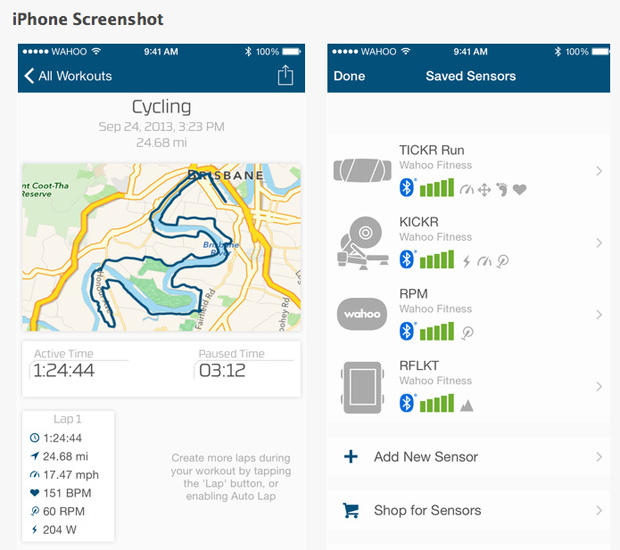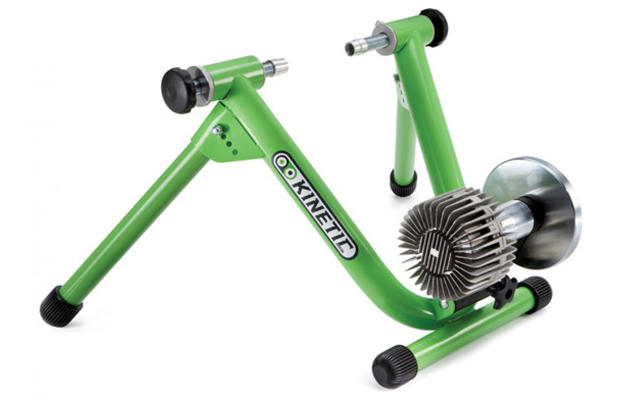Virtual Racing
Virtual training and racing is one cure for Trainer Psychosis, brought on by intervals ridden while watching TV re-runs. It is also a quickly growing software industry with new and fun ways to train or prepare for a particular race course.
What are we talking about here? How does this differ from, say, Sufferfest or TrainerRoad? Below I’m writing about training and racing with or against other real people, real time, just without leaving home.
Like stationary bike apps for structured training, software programs for virtual training and racing work, or don't, based on your equipment: your trainer, desktop or tablet, Ant+ or BTLE sensors, and so on. Here are a few of the more discussed applications along with some new ones.
VirtualTraining
VirtualTraining is a CycleOps product. It’s a unique combination of virtual training and racing. Monthly subscription plans start at $6.99. Besides supporting nearly all software platforms, it also supports both Bluetooth and Ant+ sensors, has virtual power, works on most resistance controlled (i.e., smart) trainers, and can directly export virtual rides to various training logs including TrainingPeaks and Strava. VirtualTraining is without a doubt the most robust of all the training platforms and works equally well on a tablet or desktop. A screenshot of its graphics is just below.
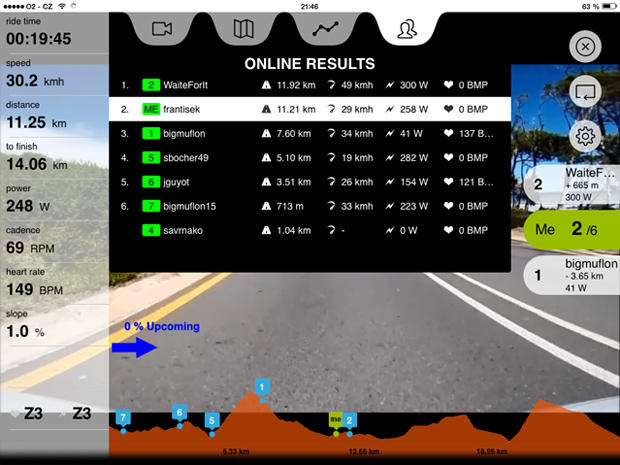
What distinguishes VirtualTraining is it's ability to allow virtual races on real courses. VirtualTraining probably has the largest collection of triathlon courses available to train or race (e.g., Syracuse, Timberman, Alcatraz) and anyone can import a course via the desktop platform. The ability to do virtual rides on real courses is perfect for testing various chainring/cassette options and race plans (e.g., BestBikeSplit).
For those with video of the course, you can also upload the related video to go with the GPS for the course route. Although the video upload is a nice feature, I have found the quality of the video to be average at best and lags whether you download the route in advance or stream it. Also, the video plays at a consistent speed so there is no real perspective gained based on your speed unlike some of the other software platforms nor do you have the option to adjust CdA to have a better estimate of your speed.
Finally, creating a virtual race on any course is as simple as inviting one or more friends who also subscribe via the training software (private races), or creating a race with an open invite to all subscribed users. I was quite impressed with the ease of this feature and there is a tab to click to view all upcoming virtual races and then you register.
During a race, you can monitor the position, speed, power, and heart rate of the other racers on the course. And for those interested in racing others, it appears to have the most open races available to compete in. An screenshot of the calendar is just below.
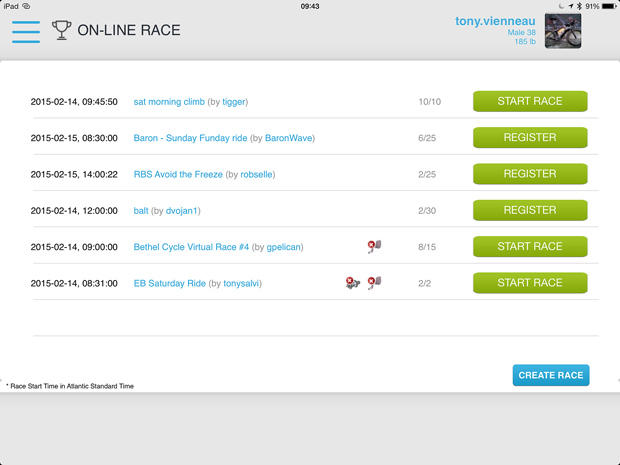
There a couple of areas that could use some refinement, primarily the quality and smoothness of videos for courses does not match that of other applications in this review. For me, this was a small tradeoff for the amount of courses available. In fact, I found I didn't watch the course video that much. VirtualTraining is best described as a true virtual training application with virtual racing capabilities but based on all the features available, I believe it is one of the best all around applications.
Kinomap
Kinomap is another application that serves desktop and tablets quite well. It supports BTLE and Ant+, has virtual power capabilities, works with Wahoo Kickr, CycleOps Power Beam, and Computrainer, for resistance controlled trainers. Kinomap also supports direct uploads to TrainingPeaks, Strava, and others.
Kinomap is a step up in the quality, smoothness and lifelike speed of the videos. These come at a cost as well with it being one of the more expensive applications starting at $11.99 a month.
Kinomap allows for public and private races, however based on my observations the user base is much smaller, as there are far fewer open races compared to some of the other programs. This may be the result of the limited courses available, or that users tend toward more private racing. Also, there are few courses with a distance to satisfy most triathletes.
Kinomap is nice program, but based on the cost, courses available, and races available, it is not my first choice when I am looking for a virtual ride or race program. Kinomap's display is below.
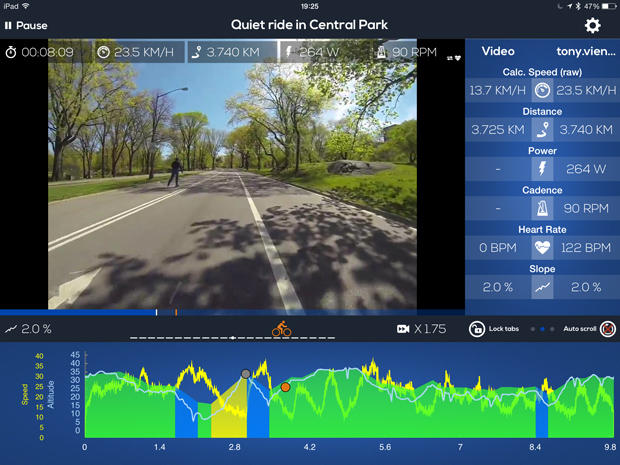
Tour de Giro
Tour de Giro is one of the most well known virtual race programs and one of the oldest. It contains a large library of courses and scheduled races available. It doesn't use real footage but video game style footage. It supports Ant+ and works only for desktop (rather than mobile), but functions both on Mac and Windows. It supports virtual power and works with Wahoo Kickr and Computrainer for resistance controlled trainers. There are no direct uploads to Strava or TrainingPeaks but you can export your ride for import.
Although the system and graphics are a tad dated, it is probably the most extensive in terms of virtual races, and for us triathletes, lots of triathlon courses. A screenshot of Tour de Giro’s calendar is below.
Although it doesn’t support BTLE or tablets, at $8.99 a month it’s similar to VirtualTraining in available courses and cost. If my focus was virtual races and I used a desktop, Tour de Giro would be my choice.
Bkool
Bkool might be described as a modern version of Tour de Giro. It works on Windows, Mac, and with both IOS and Android, however it only works with Ant+ and does not have virtual power. The software is compatible with its own highly regarded Bkool smart trainer and Wahoo Kicrk for resistance controlled trainers. Bkool has one of the largest databases of virtual 3D rides and high quality video courses and allows for user contributed routes. To get the value out of the program, you do need to subscribe to the premium version at $15 a month.
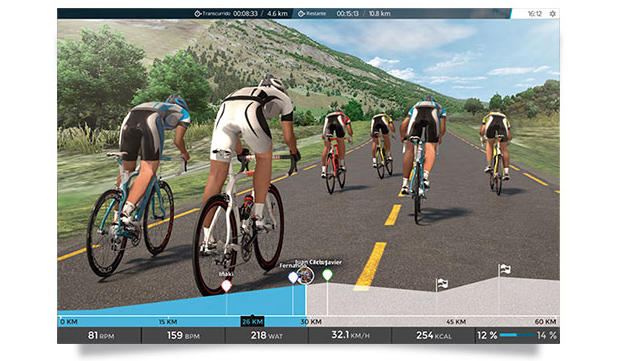
Virtual racing on Bkool is easy with live races going all of the time. Its heads up display and, and the graphics overall, are quite nice. With its modern graphics and software it is a toss up between Bkool and Tour de Giro for desktop applications when you include the difference in monthly subscription cost. Now if you also have a tablet and you are ready to pay for the year, Bkool is a great option available. A shot of its ride summary is below.
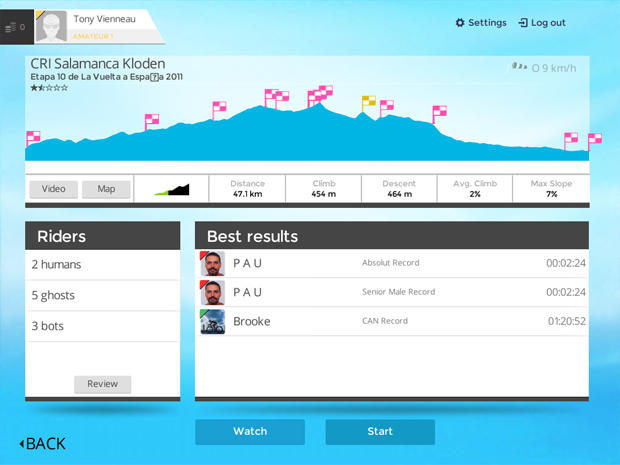
FulGaz
Fulgaz is one of the newest applications available. It currently supports Ant+ BTLE and works with iOS and the Wahoo Kickr for resistance controlled rides. It currently only supports direct upload to Strava but TrainingPeaks is in the future and you can to export .FIT files. That said, it has a lot of potential moving forward. It’s control panel is below.
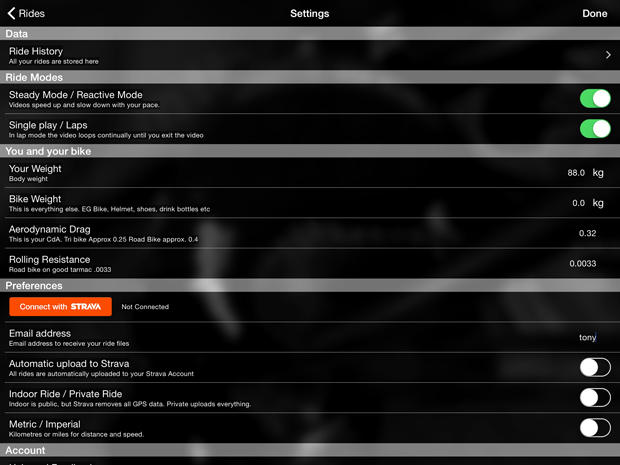
FulGaz is a virtual training only application. It has limited rides (mostly from Australia) but all the videos are high quality. Subscription starts at $8.99 a month which puts it on the low end but you do get limited videos compared to the other applications.
Now that we addressed the limitations with FulGaz, I can share where it really shines. FulGaz has some amazing features that sets it apart from the other applications.
FulGaz allows you set your CdA and rolling resistance for more accurate speed calculations for the virtual rides. Also, using reactive mode, you can actually race the video. What does that mean? If the video/course is shown as 40 km and 60 minutes, if you can go faster than 40 km/hr, the video will also finish in the time it takes you to travel that distance.
Also, if you like a particular time trial course, you can play the course continuously in an auto loop until you stop.
Finally, FulGaz has one of the nicest heads-up displays available. A shot of its display is below.
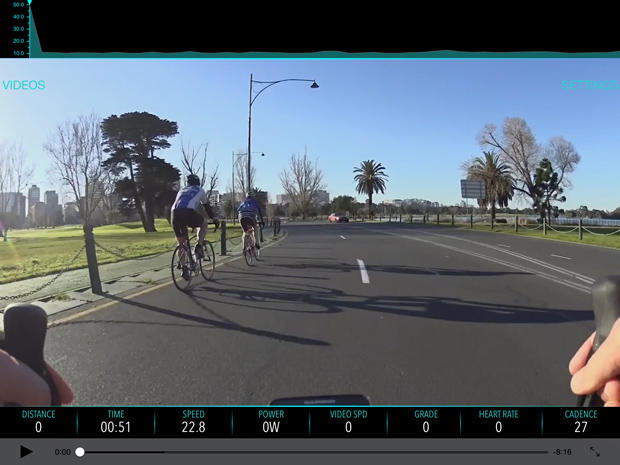
In speaking to FulGaz, we can expect in the next few weeks a move to open up the software for user contributed routes. We may even see a FulGaz presence on Slowtwitch to solicit triathlon courses for FulGaz. It won't be a free-for-all as they want to maintain high quality content, so there will be some vetting of content. Finally, they also forecast updates this year to include greater connectivity and group racing. Of all the virtual training and racing programs in this article, Fulgaz could develop to be one of the best.
Readers may note the obvious omission of Zwift, another virtual racing platform. It's brand spanking new, we're testing it now, and will write about it separately.


